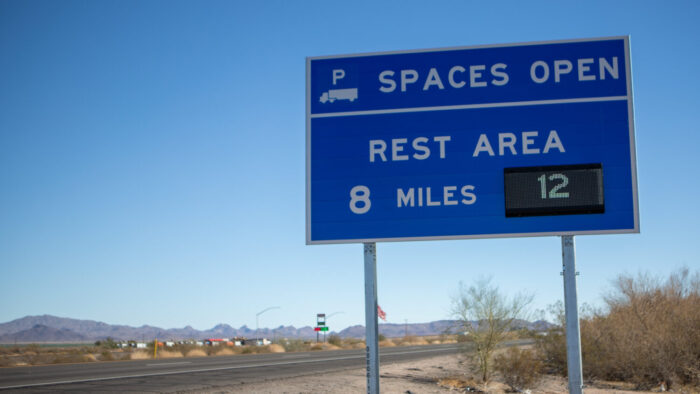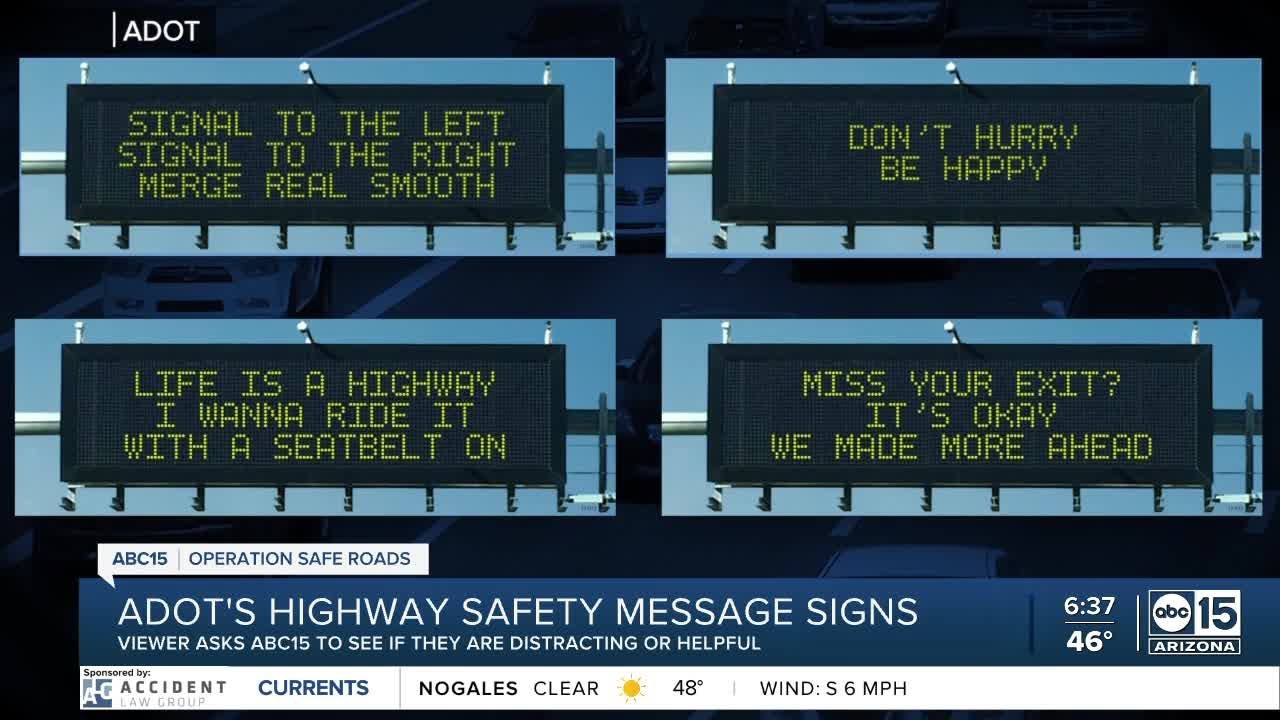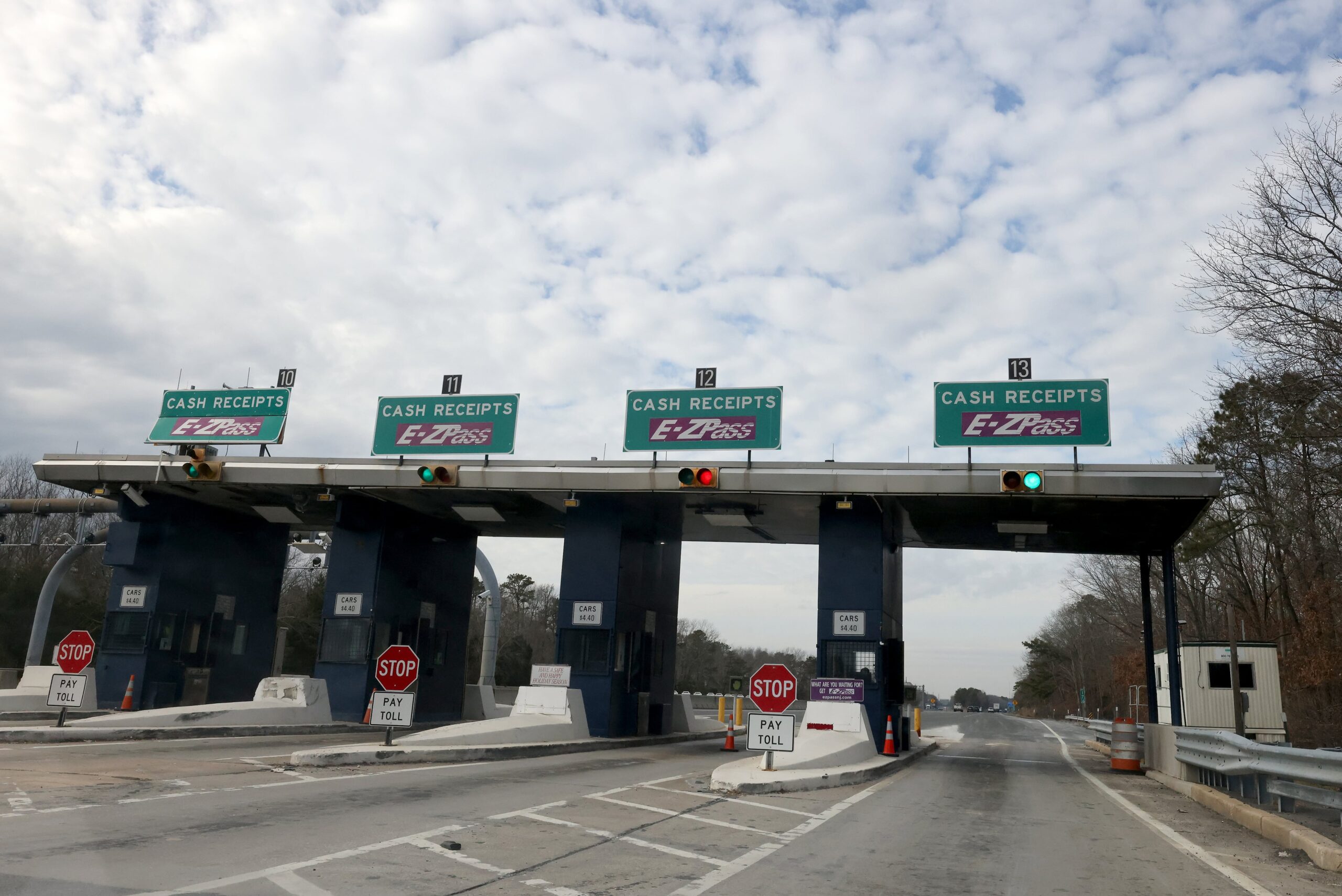The Arizona Department of Transportation (ADOT) has introduced a crucial initiative to bolster safety along the Interstate 10 (I-10) corridor.
This effort is centered on the installation of new, strategically placed signs specifically designed to help truck drivers navigate and maintain safe driving practices on this vital transportation route.
Addressing Safety Concerns
Truck drivers face unique challenges on busy highways like I-10, which serves as a critical freight route connecting major cities in Arizona and beyond.
With the increase in freight traffic and the need for better management of large vehicles, ADOT recognized the importance of enhancing communication with truck drivers to prevent accidents and ensure smoother traffic flow.
Details of the Initiative

The new signs are being installed at key points along I-10 to provide real-time information to truck drivers. These signs display crucial updates such as:
- Lane usage and restrictions
- Speed limit changes
- Upcoming rest areas and weigh stations
- Alerts about road conditions and weather hazards
By offering clear and timely information, the signs aim to assist truck drivers in making informed decisions, thereby reducing the risk of accidents and improving overall road safety.
Technology Integration
ADOT’s initiative is part of a broader effort to leverage technology for smarter transportation solutions. The signs are integrated with the department’s traffic monitoring systems, which gather data on traffic patterns and road conditions.
This information is used to provide accurate and up-to-date messages to drivers.
Additionally, ADOT is exploring the use of advanced communication technologies that allow truck drivers to receive updates directly through in-cab systems. This innovation is expected to further enhance safety and efficiency.
Collaboration with Stakeholders
The success of this initiative is attributed to ADOT’s collaboration with various stakeholders, including trucking companies, safety advocacy groups, and local law enforcement agencies.
By working together, these organizations have identified key areas for improvement and developed strategies to address the unique needs of truck drivers.
Positive Impact on the Economy
The I-10 corridor is a critical artery for commerce in Arizona, facilitating the movement of goods across the state and beyond.
By enhancing safety and efficiency for truck drivers, ADOT’s initiative is expected to have a positive impact on the economy.
Reduced accidents and smoother traffic flow will help ensure the timely delivery of goods, benefiting businesses and consumers alike.
Looking Ahead
ADOT remains committed to continuously improving transportation infrastructure and safety measures. The success of the I-10 signs initiative may pave the way for similar projects on other major highways in the state.
Truck drivers and road users are encouraged to provide feedback on the new signs and share suggestions for further improvements.
ADOT’s proactive approach to safety underscores its dedication to creating a safer and more efficient transportation network for everyone.
Conclusion
As Arizona continues to grow as a hub for commerce and transportation, initiatives like ADOT’s I-10 signs project play a crucial role in ensuring the safety and well-being of truck drivers and other road users.
By leveraging technology and fostering collaboration, ADOT is setting a positive example for other states to follow in the pursuit of safer and smarter highways.








